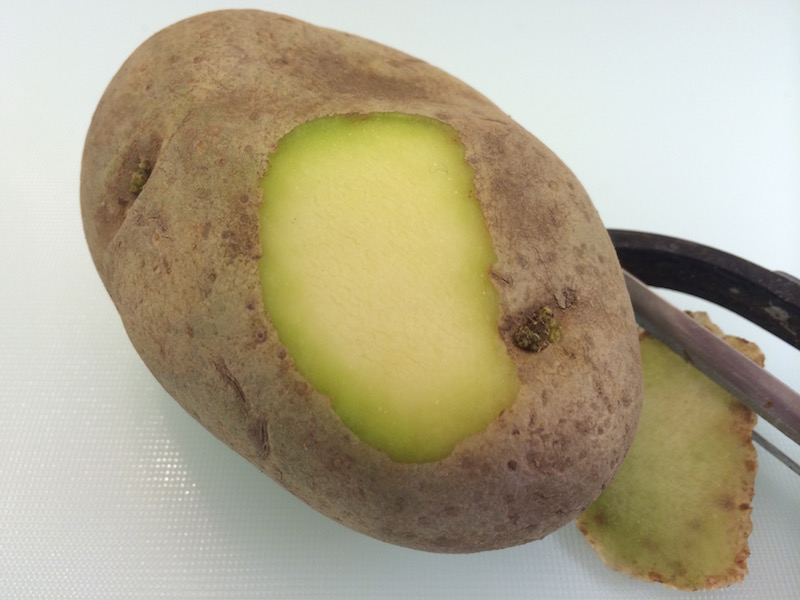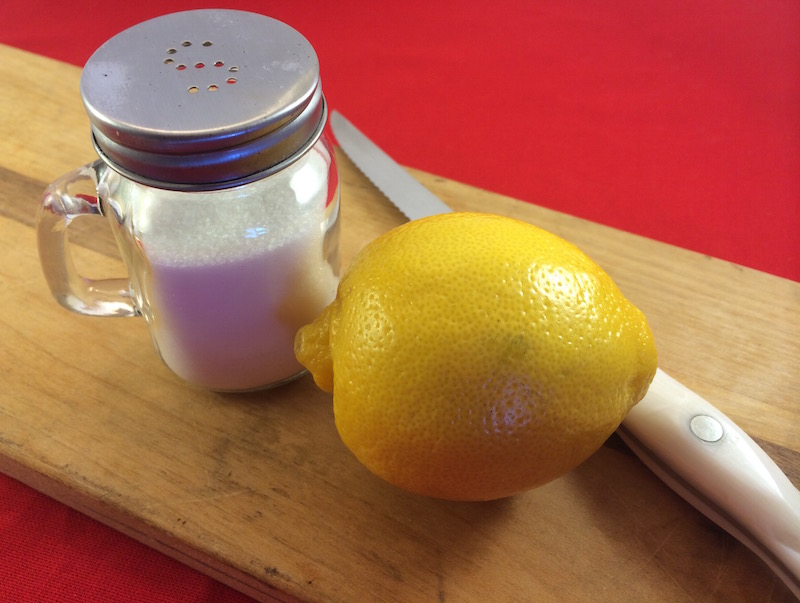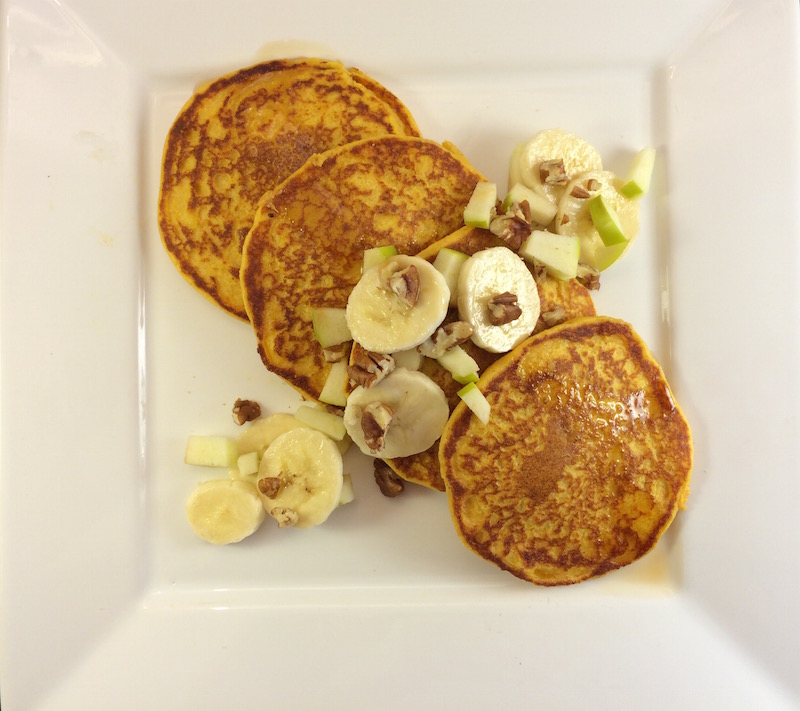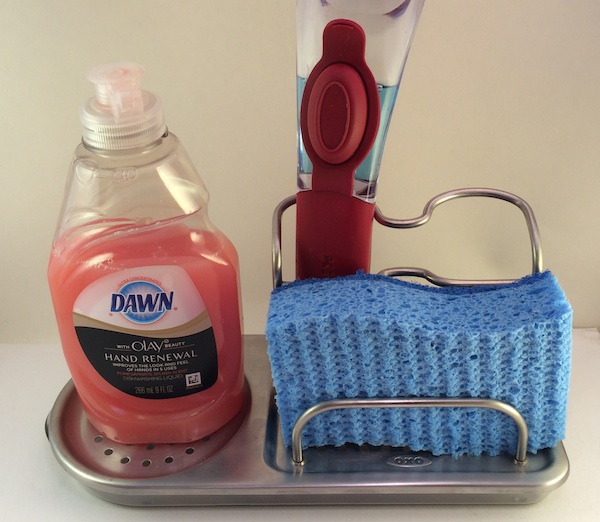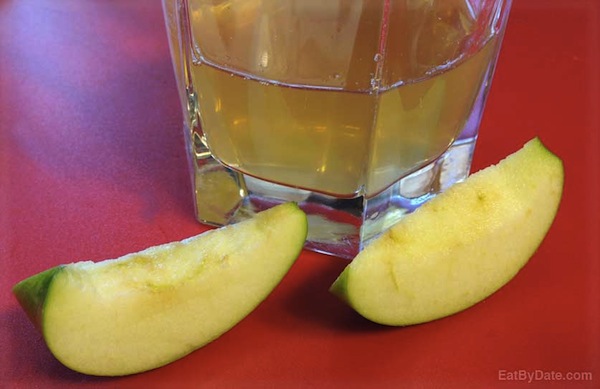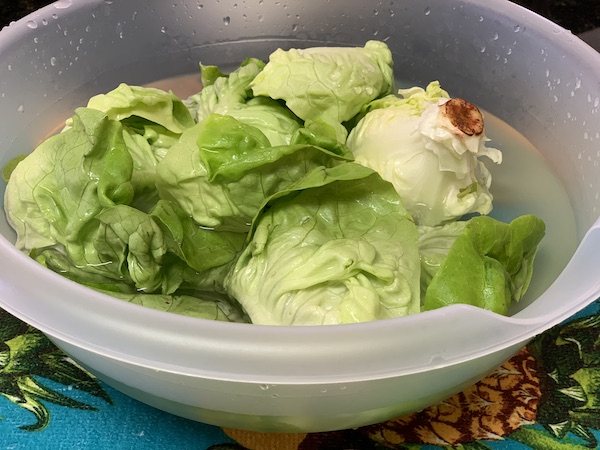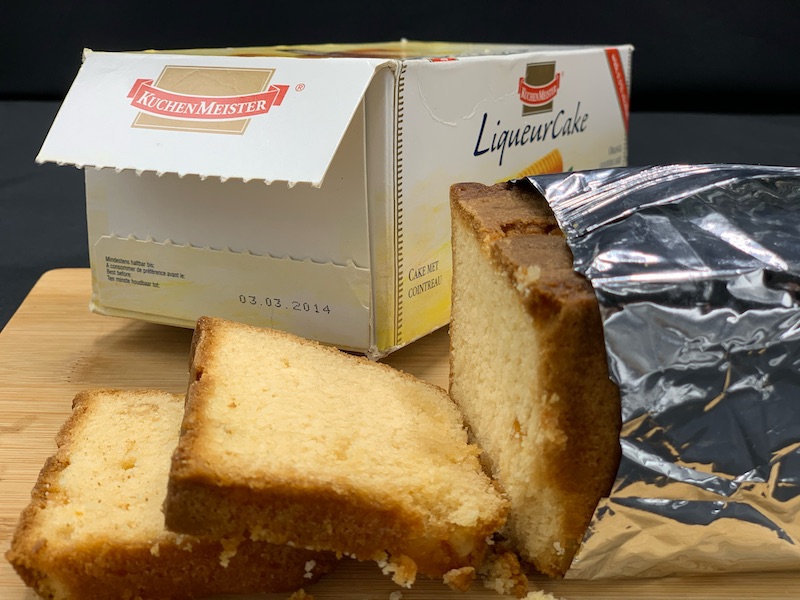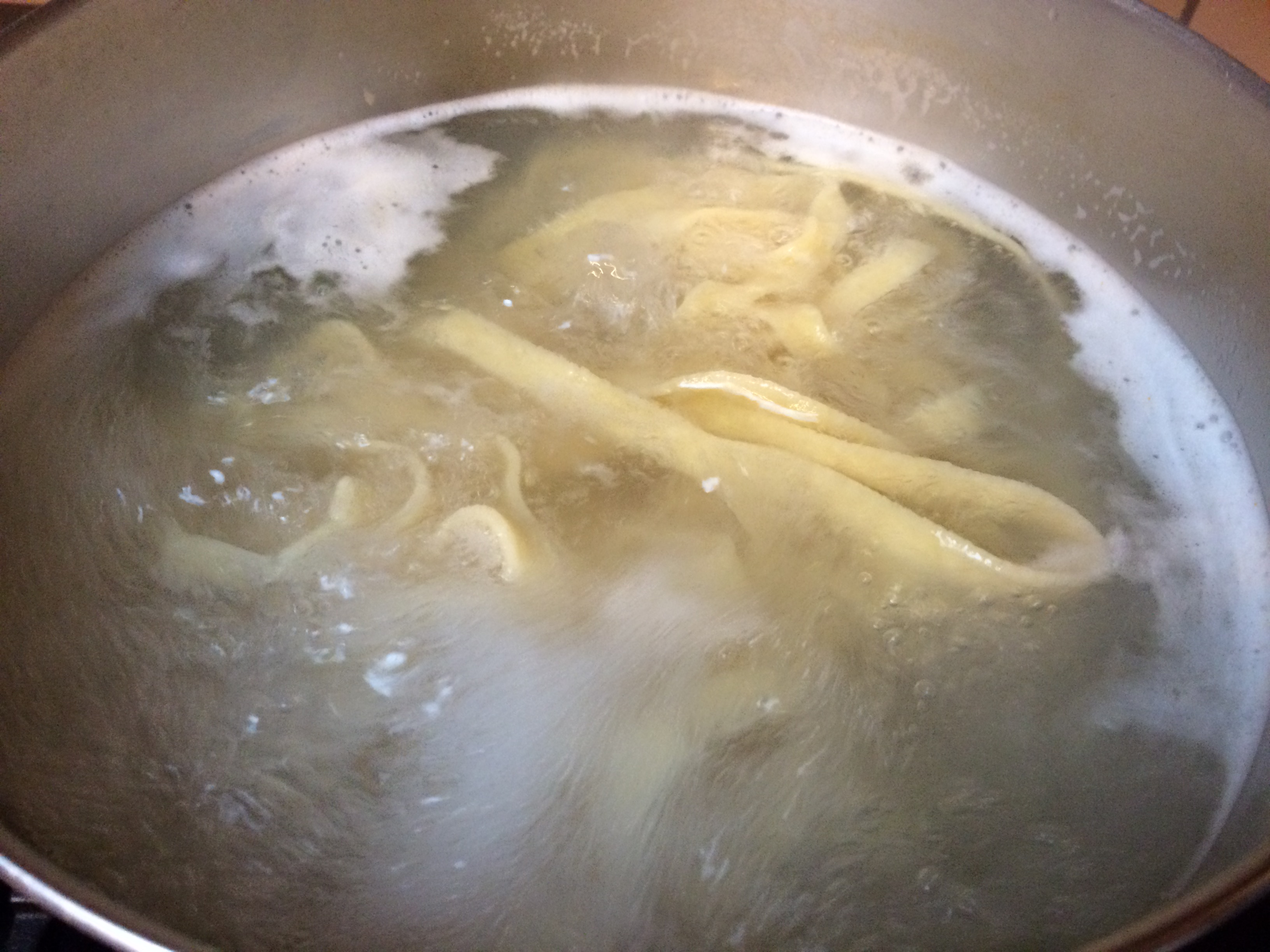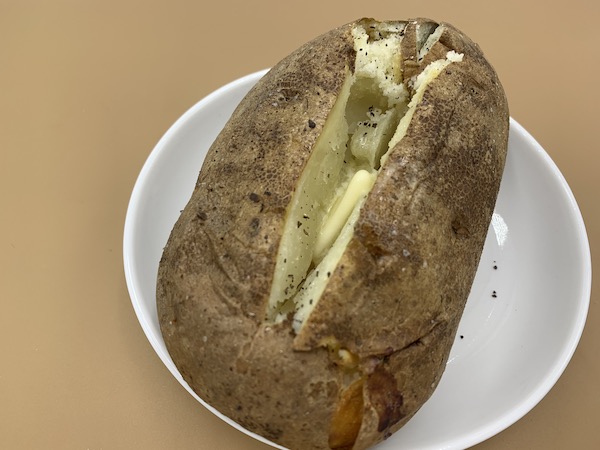The Big Myth: Food Expiration Dates

The FDA Does NOT Require Food Dates
The answer to questions about food dating and food dates are inconsistent possibly due to the fact that – there are no rules! That’s right, the U.S. Food and Drug Administration (FDA) does NOT require manufacturers to place any dates on food products! “This information is entirely at the discretion of the manufacturer.” Furthermore, “with the exception of infant formula, the laws that the FDA administers do not preclude the sale of an item that is past the expiration date indicated on the label.” To put it simply, here are some interesting facts you may not know about the “shelf life” (i.e. the best before date, use by date, sell by date, eat by date) on food:
- Food Can Be Sold After Date Expires – Stores are not legally required to remove food from the shelf once the expiration date has passed. The expiration dates are strictly “advisory” in nature and are left entirely to the discretion of the manufacturer, thus not truly indicative of an items true Shelf Life.[1]
- Food Dates Are Not Required By Law – With the exception of infant formula and baby food, the Food and Drug Administration (FDA) does not require food companies to place dates on their food products. The only requirement is that the food is wholesome and fit for consumption.
- Laws Vary By State – States have varying food dating laws. For example, many states require that milk and other perishables be sold before the expiration date, while others do not.
Definitions of Popular Food Dates
- Best Before Date – The “Best Before Date” is, according to the manufacturer, the last date by which a products flavor or quality is best, the optimal time of its shelf life for quality. As noted above, the product may still be enjoyed after the “best before date.” Additionally the manufacturer may call this the “Best if Used By” date or the “Best By” date, which indicates that the quality of food might diminish after that date, but it is still good to eat and the shelf life is still active.
- Use By Date – The “Use By Date” is the last day that the manufacturer vouches for the product’s quality. The use by date is the date the manufacturers recommend to use the product for “peak quality” in the food. So you may eat the food after the use by date, but it likely is not going to be at peak quality.
- Sell By Date – The “Sell By Date” on a product is the items expiration date, the end of its shelf life at the store. This is the last date stores are supposed to display the product for sale, after the Sell By Date the stores should remove the product, the Shelf Life has expired. Although the food product may be used and enjoyed past this date, it is not recommended to purchase a product if the Sell By date has past.
- Shelf Life – The “Shelf Life” of food is used in reference to these common codes (Use by Date, Sell by Date, and Best Before Date). The Shelf Life depends on which code is used and the type of product in question. Please see the specific page for your product to determine the proper shelf life of food because the Shelf Life is different for each particular item!
Food Dates are NOT intended for Safety
The FDA allows manufacturers to stamp their product with a date in order to help the seller determine how long to keep the product on display and to help the purchaser use the product when it is of best quality. The date is in no way intended to be a food safety date. The only regulation is that if a manufacturer chooses to use a date on their product, then the FDA allows either coded letters and numbers (“closed dating”) to be used on shelf-stable products or if a calendar date is chosen (“open dating”) then the FDA requires that it contain the month, day and year along with a phrase explaining the meaning of that date. This is the official FDA regulation, but many states (20+) do require dating on certain foods – but at the same time other states have no dating requirements at all.
Don’t Throw Out Your Food!
All foods, except infant formula, have a life beyond their printed date, whatever the manufacturer has chosen to call the date. Read through the pages of your favorite foods here at Eat By Date so you can make informed decisions both at home and at the store. Don’t be scared to purchase the reduced priced food simply because the date has passed, it will taste great and save you cash. Additionally, while it is best to use your groceries in a first in – first out matter, don’t be bound to printed dates. The packaged food will last well beyond its best by date, use by date and sell by date, so learn to take advantage of the extra time with the tips on what to do with foods about to expire sections.
132 Pounds of Wasted Food Each Month
A new study by Reuters has found that, on average, Americans throw away 33 pounds of food each month, meaning that the average family of 4 produces 132 pounds of wasted food each month! In terms finances, that is about $160 a month going straight to the garbage. Additionally, this study found 40% of food harvested in America goes to the landfill. While a good amount of this food has surely gone bad, we have no doubt that many Americans are throwing out perfectly good food simply because of the misconception on the printed date. We hope this article can help you reduce the waste, help the environment and start saving money. Please see our “Save Money and the Environment by Decreasing Food Waste” blog post to find more on this issue.
Search Our Shelf Life Guide – Find How Long Food Lasts PAST Its Printed Date
At EatByDate we provide you with a diverse and informative perspective on food shelf life, food safety, expiration dates, recipes, substitutions, food storage and more to find out the essential question – how long does food really last? With all types of food such as Oreos, Spices, Sports Drinks, Deli Meat and much much more! Use either the menu at the top of the page, our Home Page or the search box below to find answer your question on how long does food really last!
SEARCH Eat By Date |


